The healthy dog is vibrant, alert, and almost always enthusiastic about living. Although happy to snooze and relax for most of the day, a fit dog is constantly observing humans and is still ready for exercise and entertainment of any kind. So a nursing dog gives you a healthy dog. The nursing dog starts with the selection of best dog, feeding, accommodation, dog vaccination, and healthcare of your dog.

Assessing your dog’s health soon becomes natural. Once you understand its daily routines and behavior, any deviation from the norm becomes obvious. Dogs are creatures of habit with finely turned biological clocks. If your dog does not get up when it usually does, is reluctant to play, moves slower, eats less, or behaves abnormally, contact a vet for advice. It would help if you had the regular nursing dog. Routinely nursing dog prevents any difficulties in your lovely dogs.
Read Also: Top 13 Small Sized Dog Breeds For Families and Kids
Health Care and Nursing Dog
Health care and nursing dog involves many things that need every day to keep safe and healthy and as well as fit for your purpose. The common health care and nursing dog involves:
- The care of the dog’s house
- Maintain effective temperature
- Maintain feeding schedule for your dog
- Ensure fresh and nutritious food
- Grooming every day
- Bathing your dog at the regular interval,
- Deworming at the prescribed time,
- Vaccination schedule maintain for your dog,
- Visit your vet at the regular interval,
- Giving first aid when required
- Giving social training to your dog
- Basic obedience training to your dog.
- Keep safe your dog from another dog bite.
- Keep your dog free from dog allergies.
- Keep your dog free from Canine Distemper, Rabies and other infectious diseases.
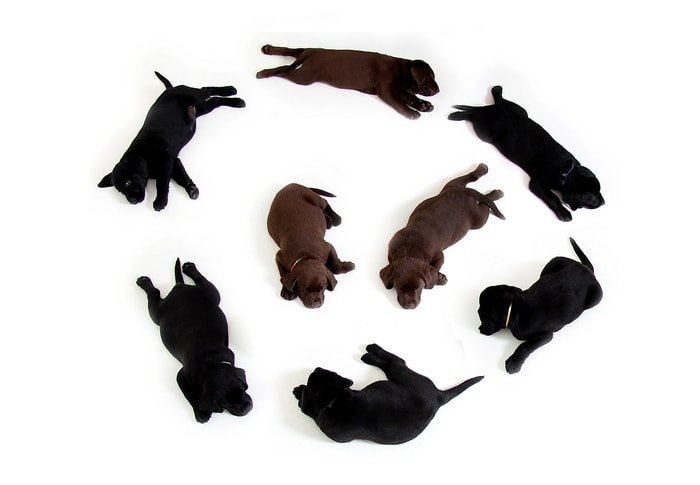 Nursing Dog- Visiting The Vet
Nursing Dog- Visiting The Vet
Visiting vet is an essential part of the nursing dog. Since your dog cannot tell you about its health status and you are not enough knowledgeable on the different physical and medical condition you must visit your vet regularly to see the health status of your dog. The vet will take a thorough physical examination of your dog and judge the current health status.
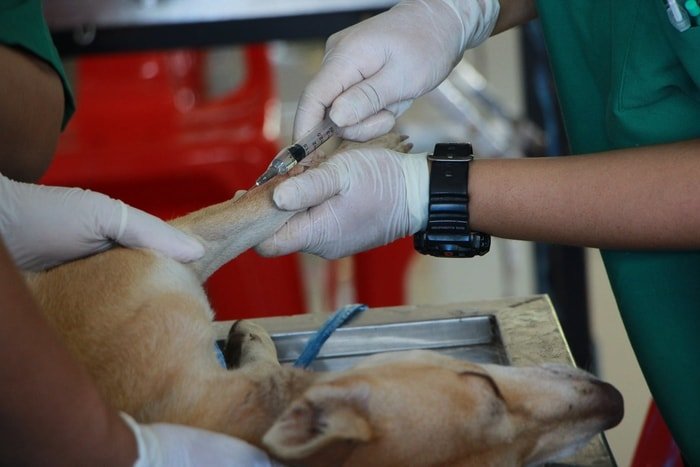
In most instances, the vet will first carry out a complete physical examination, while asking you questions about your dog. Whenever possible, you should keep a record of exactly when you first became concerned about your dog. Remember, your dog is dependent upon you for its medical care. Prevention is not only better than cure-it is also a less expensive and vital aspect for the nursing dog. Consider obtaining health insurance, and take your dog to the vet for a medical check-up once a year.
Recommended Read: Basic Puppy Care Tips for Your Valuable Puppies
Nursing Dog- Examining a Dog
Examination of dogs includes eyes for any abnormal discharge, nose for sneezing, ears for any infection or pus, mouth for any injury or bad smell, teeth for deposition of extra tartar, skin for external parasites, anus for internal parasites or loose motion, genitalia for discharge or healthiness all these are necessary for dog nursing.
Eyes
Although there are many inherited and acquired eye diseases, changes in the eyes are often indicators of more complex diseases elsewhere in the body. The eye examination gives the vet clues about where else to concentrate his attention.
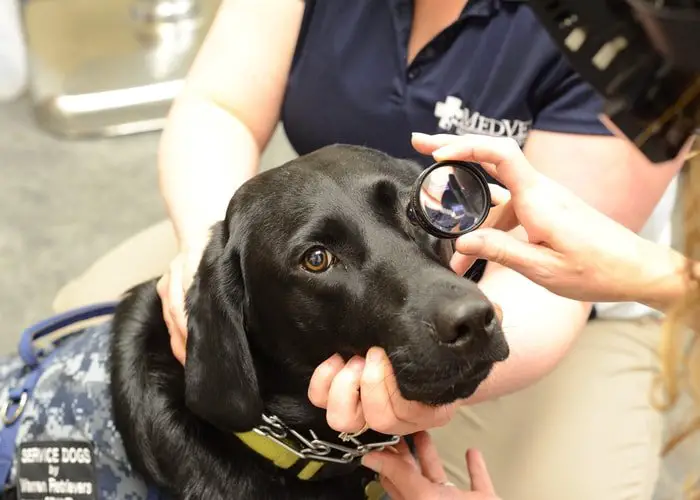 Nose
Nose
Dogs usually have wet, cold noses. The vet will look for discharges and physical changes, but will not be overly concerned if the dog has a hot, dry nose. This may indicate fever, but age-related or even emotional changes may also produce it.
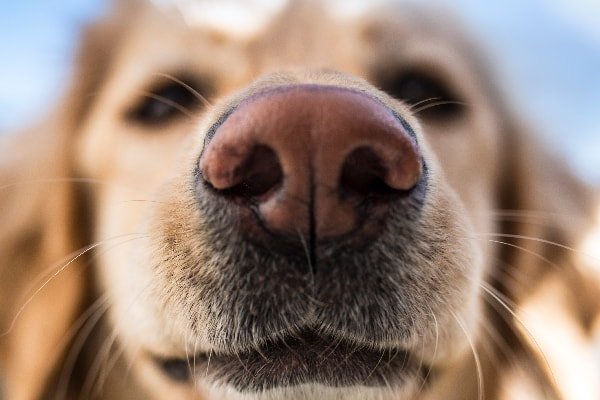 Ears
Ears
The ears are examined for any discharges or unusual odors. A heavily furred, lopped ear, like this Cocker Spaniel’s, can act as a valve on the ear canal, raising the humidity within and creating an ideal environment for infection, but any ear is susceptible to disease. The vet will check for tufts of hair and foreign bodies, and also check the skin inside the ear.
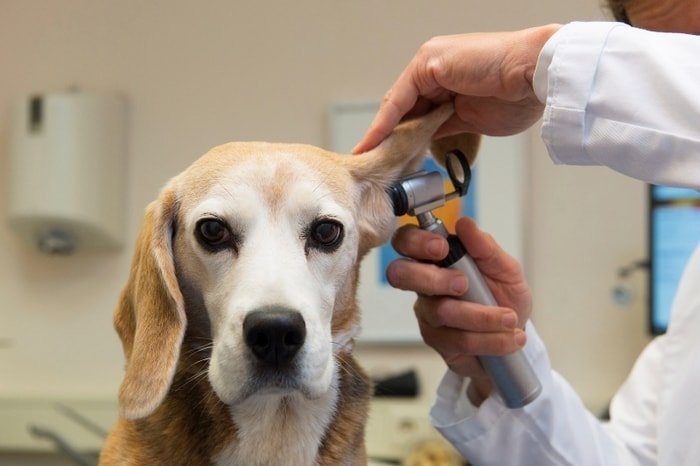
Mouth
The mouth is checked for gum inflammation and tooth decay. At the same time, the vet might press a finger against the gums as a blood pressure test. Pale gums suggest anemia, whereas a tinge of yellow means the dog may have a liver problem.

Skin and Coat
A dull coat can indicate a poor diet or a skin problem like parasites or infection, but it is also an important signal that there may be disease somewhere in the body. Dog allergies should be thoroughly checked during a nursing dog.
Nails
The vet will examine the nails and nail bed for damage whenever the dog shows signs of excess licking or lameness. Uneven wear can mean that the dog has been favoring one leg. Flaky nails indicate a metabolic disorder.
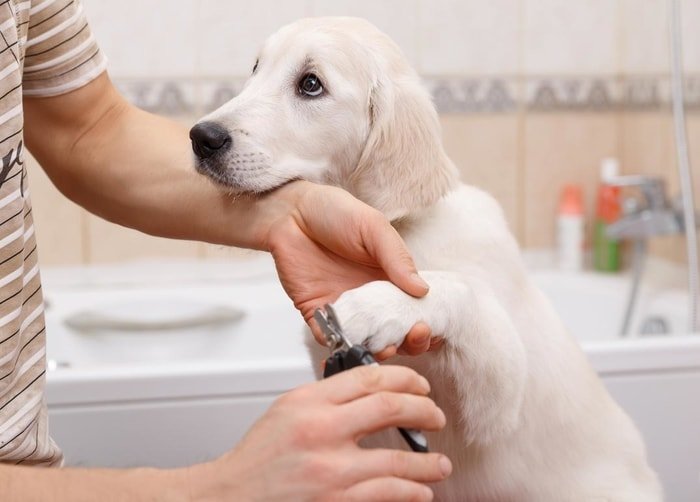 Anal Region
Anal Region
Examining the dog’s rear gives clues about bowel upsets and tapeworm infestation. The anal glands are also checked for clogging of the opening of anal glands. The secretion of anal glands makes the wall of anus smooth passage of feces.
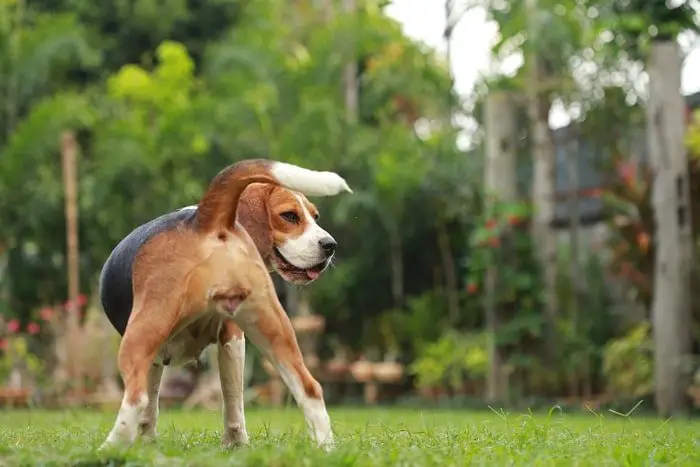
Genitals
A bitch’s vulva is checked for discharge or inflammation that could mean a disorder of the urinary or reproductive system. A dog’s testicles and penis are similarly examined for swellings, redness, or abnormal discharges.
Nursing Dog- The Veterinary Examination
Having completed the initial stages of a routine physical examination of your dog, the vet will investigate the state of the dog’s health in more detail. He will check the dog’s temperature and pulse, and listen to its heart and lungs. Lymph nodes in the neck and elsewhere are felt, and the abdomen is pressed to reveal any internal abnormalities. Besides, the joint is flexed for signs of discomfort or resistance.
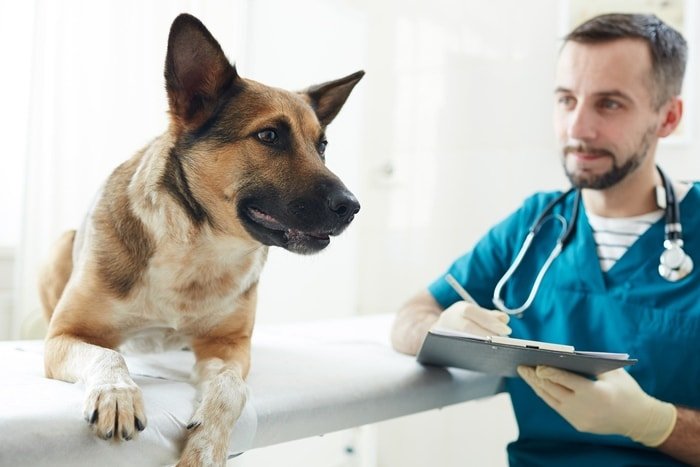
Once this examination has been completed, the vet may want to carry out further tests. Most frequently, this involves taking a sample of the dog’s blood, from which a tremendous amount of information can be obtained. It might also mean taking x-rays, scanning the body with ultrasound, or analyzing other body fluids.
Read Also: The Ultimate Dog Care And Management Guide For You As Dog Lover
Checking Body Functions
Taking the body temperature- An elevated temperature is often a sign of infection, pain, or stress, or just excitement. A temperature below normal usually indicates a debilitating disease or disorder.
- Taking the pulse-The vets checks a dog’s heart rate, rhythm, and blood pressure by feeling the pulsations in the hind-legs femoral artery. Blood is calculated by feeling just how much pressure is needed to obliterate the pulsations. Blood pressure changes occur due to shock or heart disease.
- Feeling the glands-Lymph nodes are part of the body’s natural defense system. When local lymph nodes or glands are swollen, this often means that there is an infection in the part of the body that they serve. It can also indicate that the defense system itself has become infected.
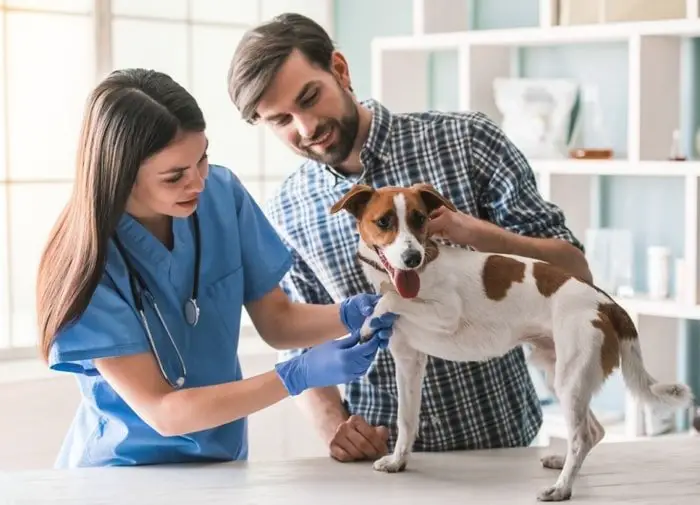
- Listening to Chest Sounds. The vet listens to the dog’s breathing and heart sounds, first with, and then without, a stethoscope. Well-developed heart murmurs can be felt through the chest wall, while difficulties in breathing are observed by merely watching the movements of the chest in the breath.
- Palpating the Abdomen. After looking at the shape of the dog’s abdomen, the vet will feel it for any abnormal fluids or lumps, then feel deeper to check the size and shape of the liver, kidney, spleen, bladder, and intestine.
Flexing the Joints. Individual joints are flexed to check for discomfort. Dogs often tense up during a veterinary examination. This can make it challenging to diagnose mild joint problems.
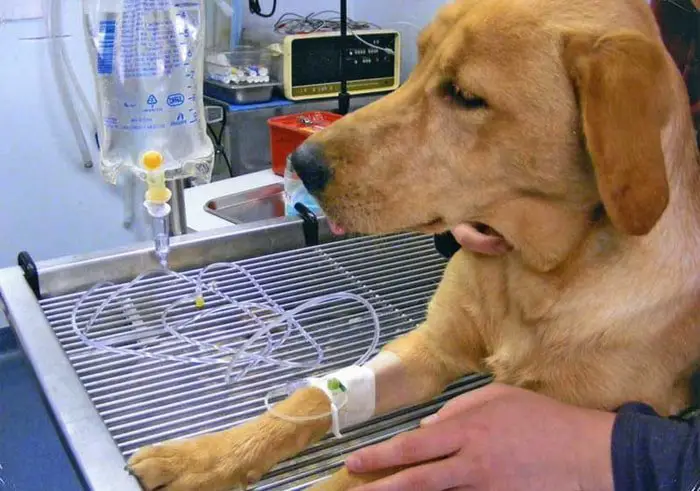
Restraining and Muzzling when Nursing Dog
1. Most dogs can be held by their owners or nurse while being examined by a vet. However, if a dog is frightened or in pain, it is safest for the handler and the vet if the patient is muzzled.
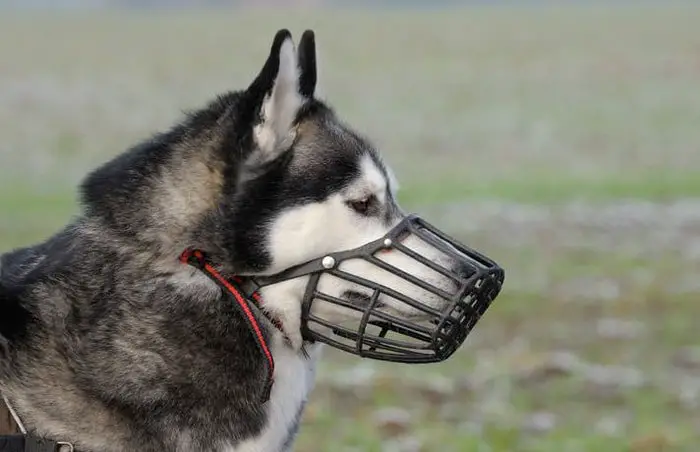
2. To make an improvised muzzle, make a full loop in a bandage or soft rope and slip it over the dog’s nose with the knot on top. Take care he does not bite when nursing.
3. Make another loop in the muzzle and tie it securely, but not too tightly, under the dog’s lower jaw. Wrap the ends around the dog’s neck and tie them together firmly.
Administering Medicine in the Nursing Dog
There is a lot of medicine are available for treating various diseases of dogs. The medicine is administered for treating the digestive disorder, rabies, dog bite, infectious diseases, hormonal drugs and vitamins, and minerals supplements. All the medicine must be administered by the prescription of registered veterinarians.
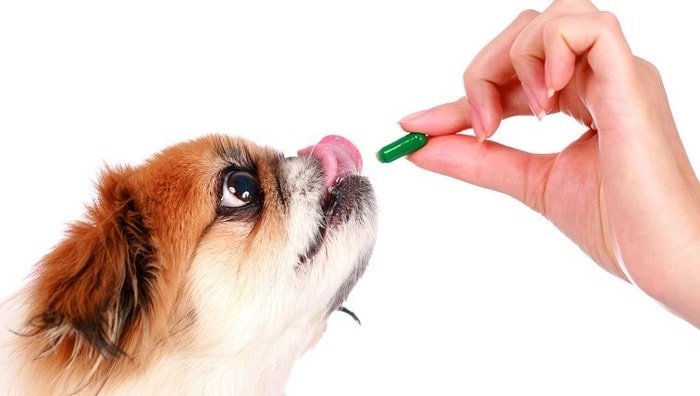
Very few canine medicines are available as tasty, chewable tablets. Some pills even have an unpleasant taste. Dogs can be deviously clever at hiding pills in their mouths, only to spit them out when their owners are not looking.
Treating Eyes And Ears When the Nursing Dog
Injections, injuries, and allergic reactions involving a dog’s eyes and ears are surprisingly frequent and are usually treated with drops and ointments. It is always safest to consult a vet for advice before attempting to treat any condition yourself.
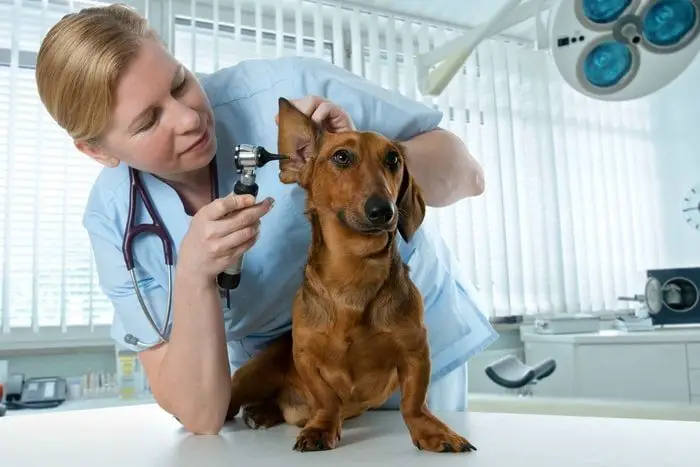
Never use old medicines to treat new disorders. In the same disease wrong treatment is likely to make it worse. For example, anti-inflammatory drops are perfectly safe when there is conjunctivitis, but if the condition is associated with invisible damage to the cornea, these drops will make that damage considerably worse. Even if the situation seems to disappear in a brief time completely, do not shorten a prescribed treatment without consulting a vet first for advice. Ear infections, in particular, have a nasty habit of recurring at a later date.
Sick Dog Nursing
Only seriously ill dogs require hospitalization. In most circumstances, dogs get better faster when they are cared for by people they know in their own home. You should provide your convalescent dog with a warm, dry, comfortable bed, and make sure it has free access to its toilet area. This might mean carrying the dog there several times each day.
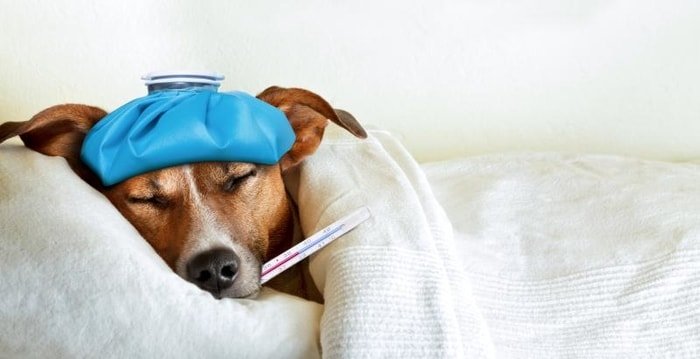
Follow the vet’s advice by giving medicine at appointed times, and often fresh water and nutritious food. The vet will tell you which foods you can offer, and how much water the dog should drink each day. Herbal medicines may be beneficial, but should not replace life-saving drugs.
The Convalescent Dog Nursing
- Intensive Care A dog must sometimes be hospitalized for a few days while its condition is stabilized. Visits from its human family should be discussed with the vet.
- Recovery Pen When a sick dog has to be kept quiet, with its movements curtailed, it can be held at home in a recovery pen. For small dogs, a large cardboard box is usually sufficient. Larger dogs can be kept in a child’s playpen, or a purpose-built dog crate. Provide warm bedding, food and water bowls, and newspapers in case of an accident.
- Keeping Warm- Body temperature can drop when a dog is unwell. With a vet’s advice, provide your dog with comfortable bedding and a cold, covered hot-water bottle for warmth.
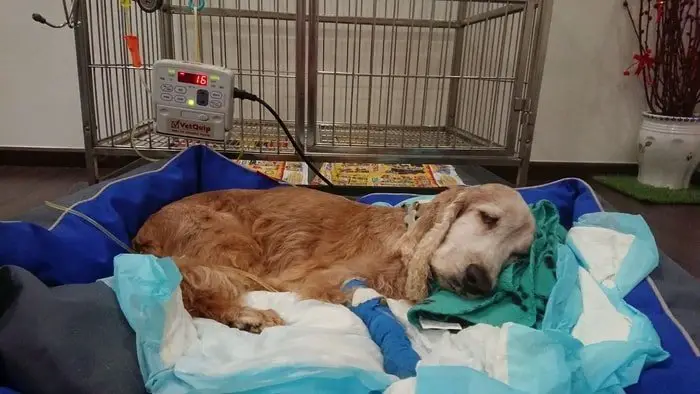 Administering Fluid
Administering Fluid
A convalescing dog must consume enough fluid each day to equal the amount it loses in its urine and feces and by panting. The vet will tell you how much liquid is required daily. If a dog is unwilling to drink, try spooning or springing nourishing fluids into the side of its mouth.
Tempting a Sick Dog to Eat
With veterinary guidance, be creative with the foods you offer your dog. Its appetite will be stimulated by smell. Warming food to between room and body temperature releases the odor and gets a dog’s taste buds activated. Avoid foods that might cause diarrhea, but pander to a dog’s preference.
Bedsores
Pressure can produce bed sores in massive dogs. Dress affected areas’ such as the elbows, daily with softening skin cream.
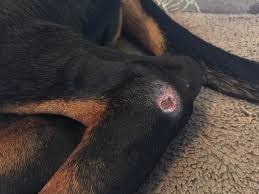
Elizabethan Dog Collar
If your dog has been fitted with an Elizabethan collar to prevent self-mutilation and removal of its bandages or stitches, it must wear the necklace in your absence. A collar can be made from cardboard or a plastic bucket.
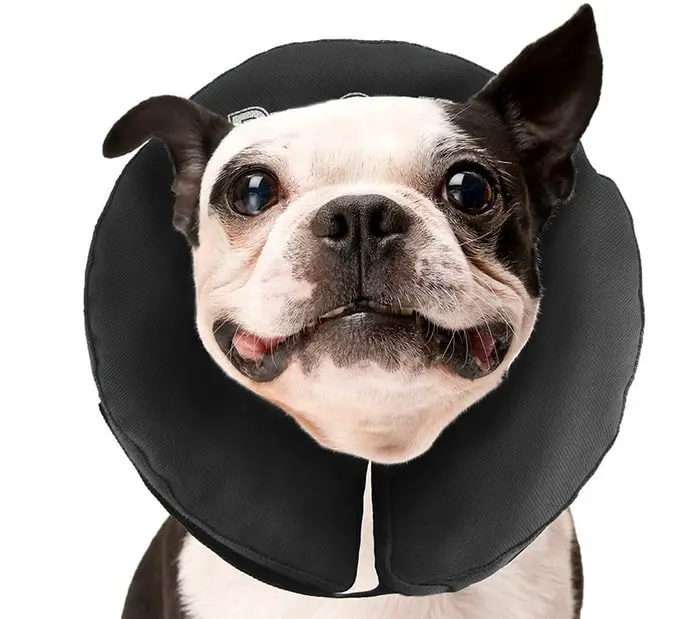
Nursing Dog at Home
A dog will not understand why you are doing seemingly aggressive and unpleasant things to it, but you must follow the vet’s instructions. Nursing a dog back to good health should be carried out as gently as possible, but invariably involves “being cruel to be kind.” If you are not sure to follow the vet’s instructions and nurse your dog’s interests that it be hospitalized for the duration of its recovery.
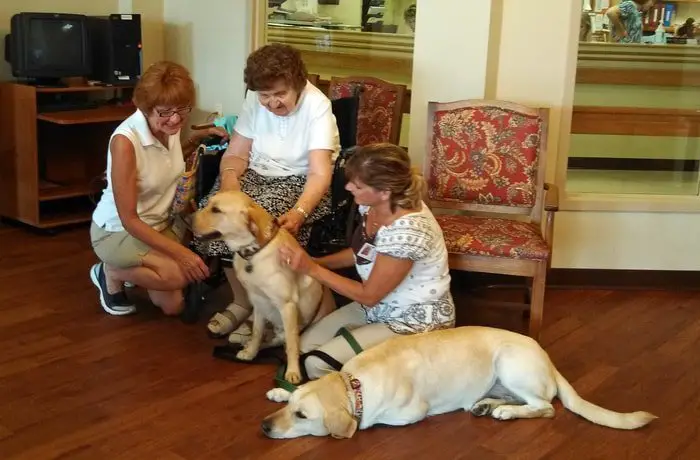
Alternative Medicine in the Nursing Dog
Many herbal and natural forms of medicine, e.g. (Evening primrose oil, Garlic pills, Herbal nerve pills, Seaweed powder) are known to be therapeutic. Some are sources for refined prescription drugs, so always check with a vet before using these medicines with other medication.
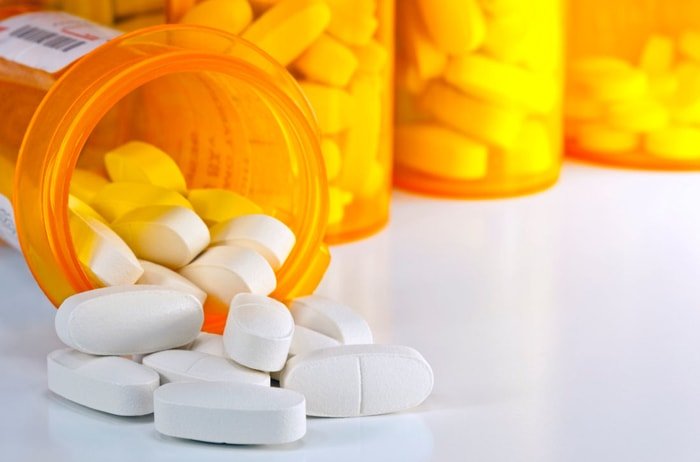
Final Advice on Dog Nursing
As a dog owner, you must know about the basic dog nursing procedure. In dog nursing and health care includes dog feeding, dog housing, dog vaccination, and health care. In this article, you got a basic knowledge of dog nursing and it will definitely help you a lot.
If the above information helps you and your lovely pet, please subscribe to our website and share via social media.